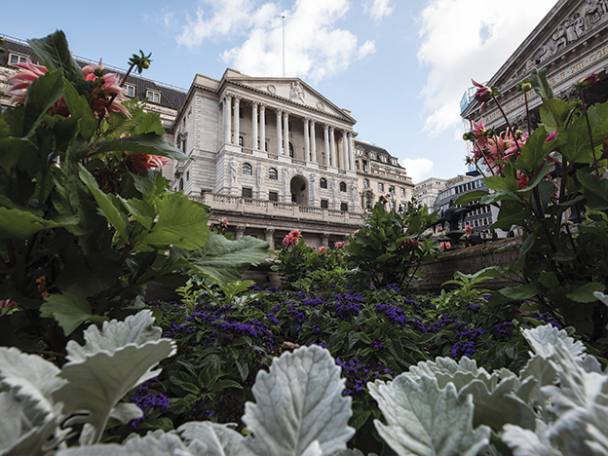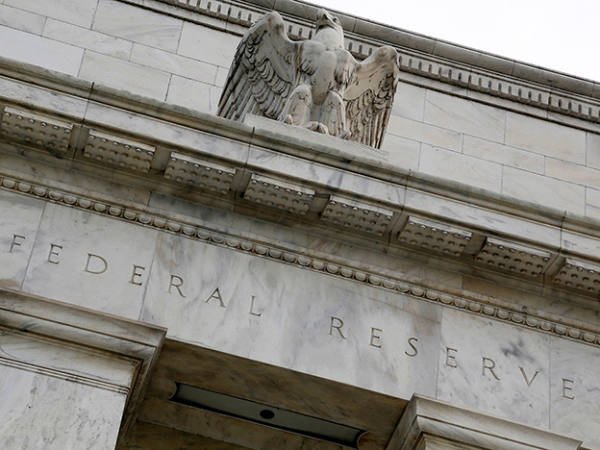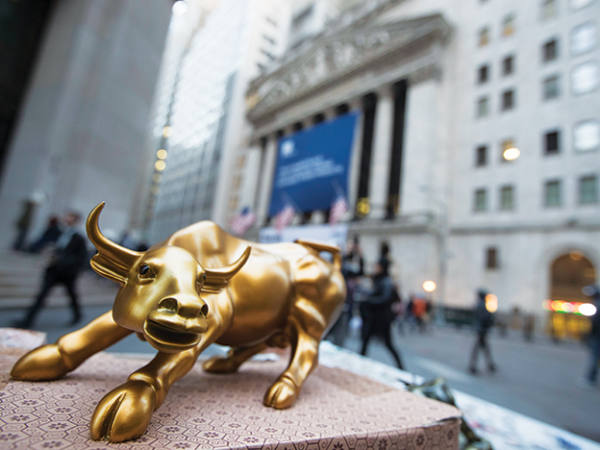Gilt yields are still near record lows, which should worry all investors.
I say so because some popular explanations for low yields seem implausible.
We can’t attribute them to lower government borrowing because there is no correlation between such borrowing and yields. Yields were much higher in 2000 when the government was running a surplus than they were in 2009 when its deficit was almost 10 per cent of gross domestic product (GDP).
Nor is it easy to blame an ageing population. In theory, this could reduce yields as older investors switch out of risky assets and into safer ones. There is, however, little evidence that people do this, and in truth not much reason why they should.
>The Bank of England estimates that the £375bn of gilt purchases reduced conventional yields by around a percentage point
A third explanation for lower yields looks less plausible now than it seemed a few years ago. This is the idea, proposed by former Federal chairman Ben Bernanke, that a global savings glut is depressing yields. The problem with this is that current account surpluses in many countries – a key measure of excess savings in them – have declined. According to the International Monetary Fund (IMF) China’s current account surplus fell from $304bn (£232bn) in 2015 to $97.5bn last year, and oil exporting countries' combined surplus has fallen from over $600bn at their peak in 2011 to $228.7bn last year. Such numbers suggest that the savings glut has diminished. And yet bond yields have continued to fall.
So why have they done so? Quantitative easing (QE) is part of the story, but only part. The Bank of England estimates that the £375bn of gilt purchases reduced conventional yields by around a percentage point – almost all of it due to the first £200bn.
This probably understates the full impact. It’s very likely that QE in the US and eurozone has also reduced gilt yields: government bonds are substitutes for each other, so lower yields in one country reduce yields in others. And because QE strengthened the economy and thereby raised inflation expectations, it has reduced index-linked yields by more.
Nevertheless, QE is not the whole story. Longer-dated index-linked yields are five percentage points lower now than they were in the mid-1990s. QE cannot explain all this difference, especially as yields were trending down long before it began. More importantly, QE is endogenous. Central banks did not undertake it for a lark. They did so because the global economy was in dire jeopardy. And the Bank of England has not yet started to reverse it because it believes the economy isn’t strong enough to withstand a significant monetary tightening.
Which alerts us to the real reason for ultra-low yields. It's that the economy is so weak. Investors expect growth to be low and so have switched into safe assets and out of growth-sensitive ones such as equities.The Office for Budget Responsibility estimates that potential GDP growth is now only around 1.6 per cent a year; this is largely because productivity growth is stagnating. That compares with average growth of 2.8 per cent per year in the 50 years to 2007. With growth so weak, short-term interest rates are not expected to rise much: futures markets are pricing in a three-month rate of only 1.4 per cent as far out as December 2022, implying a negative real interest rate. And if investors expect negative short rates for years, simple maths gives us negative real longer-term yields.
The prospect of low growth depresses yields in another way. If investors expect growth to be weak on average even moderately adverse shocks will tip it into recession. This generates demand for bonds as insurance against economic downturns. A real bond yield of minus 1.6 per cent might seem unattractive. But it’s not so bad when we remember that shares can easily lose 30 per cent in a recession.
All this should worry equity investors for a simple reason: There is sometimes wisdom in crowds. The fact that gilt investors are so pessimistic about growth and so risk-averse that they are content to hold assets with a negative expected real return might tell us that the outlook for the economy really is grim.
I’m not sure this is a case for selling equities, though. I suspect that investor sentiment is so depressed now that prices could rise this year as this sentiment recovers. Such a short-term rally should not, however, be seen as a sign of better economic prospects nor as a sign of the start of a prolonged bull market.











